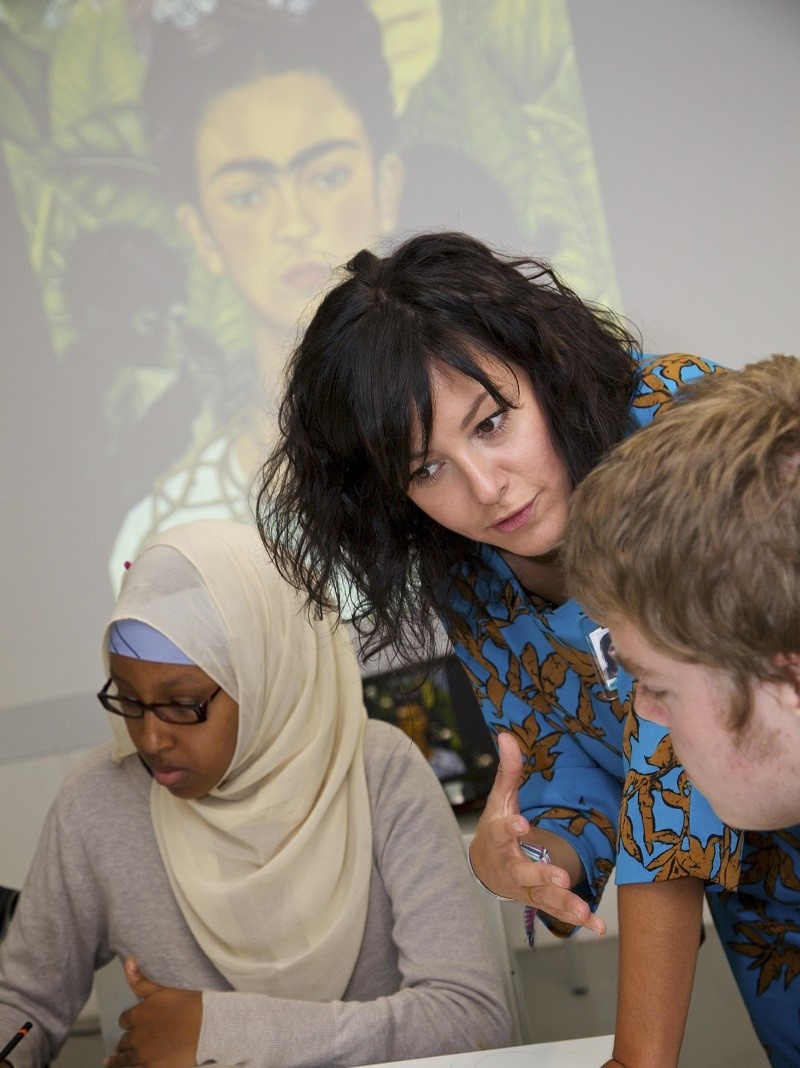
Parallels between the Gatsby Benchmarks and Arts Award
BY: Alan Lynch
03 Sep 2018
In December 2017, the UK Government laid out its’ careers strategy, a plan to raise standards around career guidance in England. A key pillar of the strategy was embedding the Gatsby Career Benchmarks in schools and colleges across the country, with organisations expected to publish details of their provision by September 2018. As the new academic year begins, we look at the parallels between Arts Award and the Gatsby benchmarks, and how delivering Arts Award qualifications could support school career guidance.
The background
The Gatsby Benchmarks themselves date back to 2014 and have been embraced by several organisations prior to the Government’s strategy. These benchmarks are:
1. A stable careers programme
2. Learning from career and labour market information
3. Addressing the needs of each pupil
4. Linking curriculum learning to careers
5. Encounters with employers and employees
6. Experiences of workplaces
7. Encounters with further and higher education
8. Personal guidance
Gatsby’s Good Career Guidance website offers insight on how schools and colleges can work towards reaching the benchmarks. However, as an Arts Award centre you may already have several of these in place, especially given how closely these points map across the criteria in place at different levels of the qualification. So with this in mind, below are a few ways Arts Award can support your organisation to hit the Gatsby Benchmarks.
Learning from career and labour market information
At Silver & Gold levels young people need to consider the future and prepare for what comes next. They work alongside arts practitioners and conduct research into future opportunities, be that careers or further education. In Silver Unit 1 Part D, young people explicitly address this benchmark by seeking information about how to progress in their own arts career.
Gatsby’s own guidance makes clear that pupils ‘…will need the support of an informed adviser to make best use of available information.’ This is exactly what Arts Award advisers are expected to do: help direct young people’s research and ensure that the information being used is of a high standard.
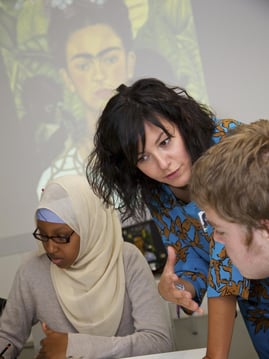 Addressing the needs of each pupil
Addressing the needs of each pupil
This is at the heart of all levels of Arts Award, as young people are measured by their progression against this criteria. Even if working as part of a group, advisers must ensure that the guidance offered to each young person is appropriate for that individual and is reflected in the young person’s portfolio.
Linking curriculum learning to careers
Arts Award is a qualification which has embedded research and experience of pathways into working within the arts. We recognise the value of arts careers and this is why we encourage young people to get an understanding of the options available to them once they leave school.
Encounters with employers and employees
This takes place (to varying degrees) at all five levels of Arts Award. Schools often use visiting artists or trips to arts organisations as a way of introducing young people to careers in the arts. As early as Arts Award Explore we might see what Gatsby refer to as a meaningful encounter with an employer: ‘One in which the student has an opportunity to learn about what work is like or what it takes to be successful in the workplace.’
Explore Part B introduces this aspect to Arts Award by requiring young people to look into the work of artists and arts organisations. While this can be done remotely, it’s a great chance to give young people an in-person insight into what happens at an arts organisation. This is the first step towards conducting detailed research at the higher levels, introducing them to a range of jobs available in the arts which they might not have been aware of previously.
Of course, these encounters become more in-depth at higher levels. During Gold for example, young people spend extended periods with practitioners during work placements, volunteering or training.
Experiences of workplaces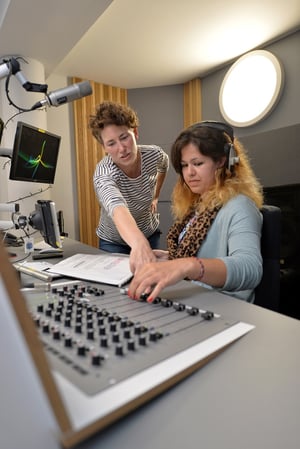
Again, this ties into experiences gained at Silver Unit 1 Part D and Gold Unit 1 Part B. We’ve talked before about how well Silver & Gold tie into apprenticeships which is another way of offering young people the opportunity to experience working life for themselves. Unit 2 leadership projects are another great way of framing this workplace experience, as they require young people to take on a level of responsibility which can mirror that of an employee. Using this aspect of Silver or Gold can support work placements, with young people having to consider their development and experience throughout.
Above are just some of the ways you could Arts Award could support you in achieving the Gatsby Benchmarks while gaining an extra qualification. Of course, your own approach to Arts Award delivery may develop further links to the benchmarks that we haven’t considered in this post. For example, We’ve heard from schools who have used Arts Award to build links with local further and higher education organisations (Benchmark 7); speaking with a careers adviser could form part of young people’s research at any level (Benchmark 8) and if Arts Award plays a part in developing a stable careers programme, that’s Benchmark 1!
Make sure to use our mapping resources to see how your existing careers activity matches the Arts Award criteria. Or book onto one of our upcoming training sessions at www.artsaward.org.uk/training. As of September 2018, Gold training can be booked without attending Bronze & Silver first.
Related posts
BY: Guest Writer
BY: Alan Lynch

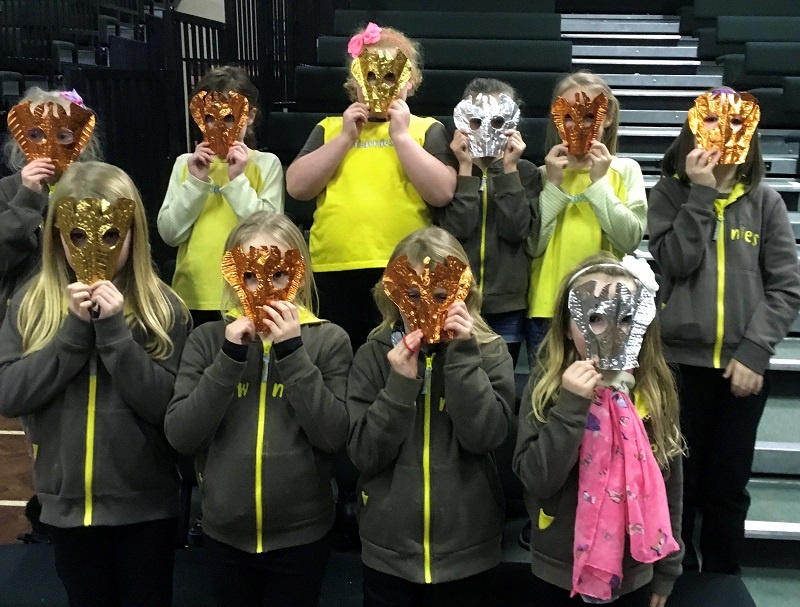
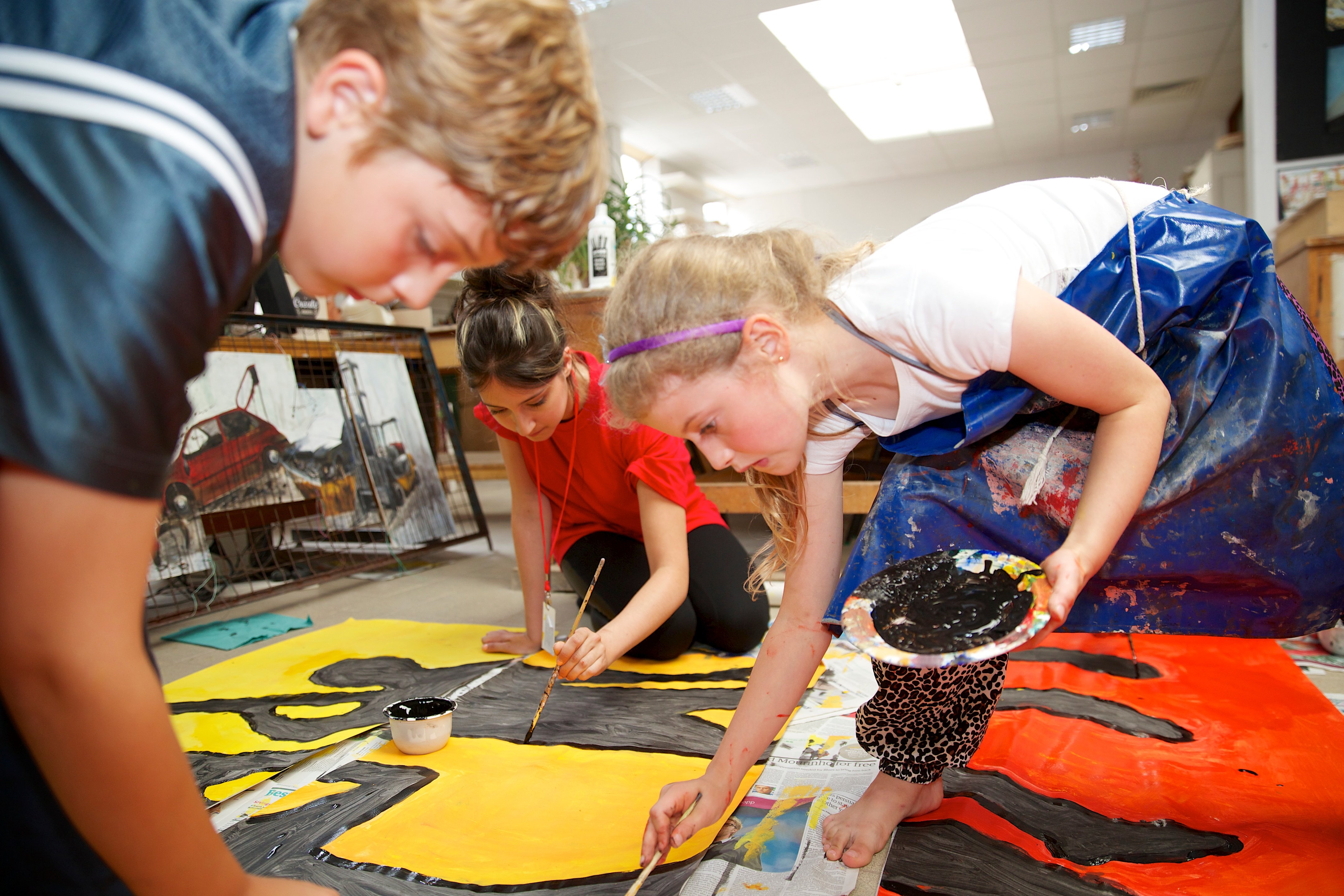

Comments & Replies